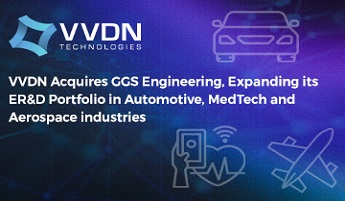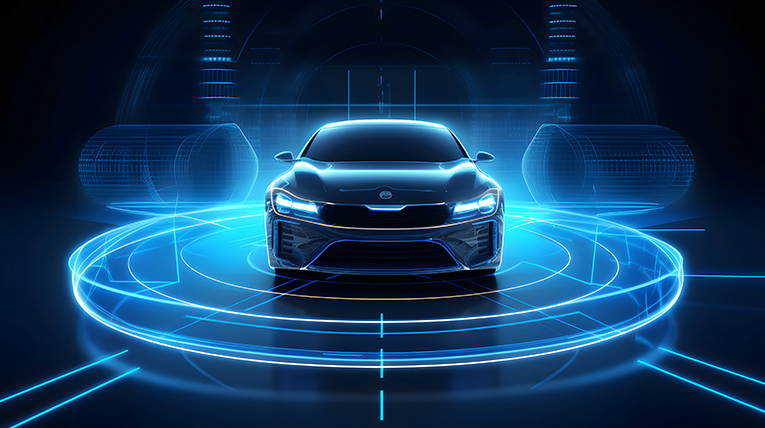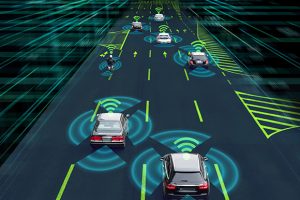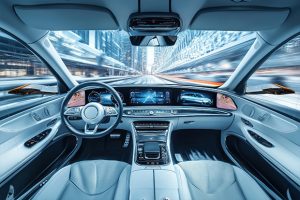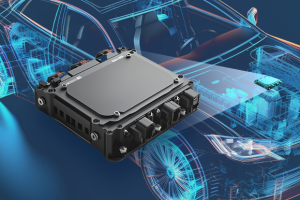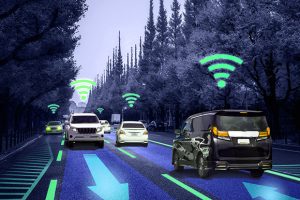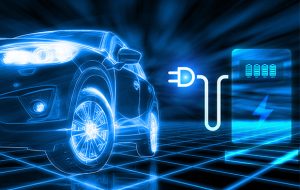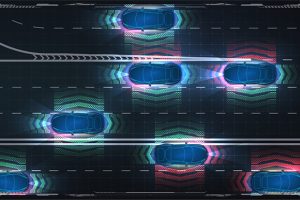In the fast-changing world of automotive technology, software is becoming the defining element of the vehicle, shaping performance, safety, connectivity, and the overall driving experience. The industry is now at a turning point, moving away from traditional distributed ECU-based systems toward a more efficient and scalable solution: Zonal Architecture.
This transformation is not just a design preference, it’s a strategic response to the challenges of increasingly complex electronic systems in electric, connected, and autonomous vehicles.
Table of Contents
The Market Momentum Behind Zonal Architecture
Industry analysts are clear: zonal architecture is not a distant vision, it’s a rapidly accelerating reality.
- Zonal Electronics Architecture Market: Valued at USD 3.2 billion in 2024, forecast to grow at 15.7% CAGR, reaching USD 11.3 billion by 2033 (Growth Market Reports).
- Vehicle-Scale Zonal ECU Platforms: Expected to rise from USD 2.15 billion in 2024 to USD 11.41 billion by 2033, growing at 18.7% CAGR (DataIntelo).
- Zone Controller Units (ZCUs): Rapid adoption expected—USD 3.2 billion in 2023 to USD 18.6 billion by 2030 at a CAGR of 29.7% (MarketsandMarkets).
- Automotive E/E Architecture Market: Overall market for vehicle electronics and electrical systems estimated at USD 79.4 billion in 2024, reaching USD 148.6 billion by 2034 (Global Market Insights).
- Projected OEM Adoption: S&P Global Mobility estimates ~40% of new vehicles by 2034 will be built on zonal architecture (STMicroelectronics Blog, referencing S&P Global Mobility).
Understanding the Shift
Traditionally, vehicles used a distributed ECU-based architecture, with each feature, engine control, ADAS, and infotainment managed by separate ECUs connected via extensive wiring. While effective in earlier decades, this design is now unsustainable:
- Wiring Complexity: Modern vehicles can have over 1.5 km of wiring, adding weight and manufacturing costs.
- Integration Challenges: Multiple ECUs from different suppliers make software updates, diagnostics, and interoperability more difficult.
- Scalability Limitations: Adding new features often means adding new hardware, slowing innovation.
Zonal Architecture simplifies this by grouping vehicle functions into geographic zones, front, rear, left and right each managed by a high-performance central computing unit. Functions are controlled locally within each zone, reducing the number of ECUs, shortening cable lengths, and streamlining communication.
Core Benefits of Zonal Architecture

1. Reduced Wiring & Weight
Less cabling means lighter vehicles, which directly improves EV range and fuel efficiency.
2. Lower Costs & Energy Usage
Fewer ECUs and reduced copper wiring bring down manufacturing and energy consumption costs.
3. Centralized Processing Power
HPC units manage multiple functions at once, enabling faster decision-making for ADAS, autonomous driving, and infotainment.
4. OTA & AI-Ready
Zonal design allows seamless over-the-air updates, keeping vehicles up to date without hardware changes. AI algorithms can be deployed fleet-wide in real time.
5. Future-Proof Scalability
Adding features is a matter of software deployment, not complex hardware integration.
VVDN’s Role in the Zonal Transformation
At VVDN Technologies, we work closely with global OEMs and Tier-1 suppliers to design, develop, and validate next-generation automotive electronics. Our expertise directly aligns with zonal architecture’s requirements:
- High-Performance Computing Platforms: Custom HPC solutions to manage multiple zonal functions with real-time responsiveness.
- Middleware & Software Integration: Ensuring smooth communication between zone controllers and central vehicle systems.
- Automotive Networking: Expertise in Ethernet, CAN-FD, FlexRay, and TSN for reliable and high-speed in-vehicle connectivity.
- Functional & Validation Testing: HIL/SIL/MIL testing to ensure compliance, interoperability, and performance under real-world conditions.
- Cybersecurity: Securing zonal architectures from external and internal threats, aligned with ISO/SAE 21434 standards.
What’s Next
The move toward zonal architecture is only the beginning. As the automotive industry accelerates its journey into the era of software-defined vehicles, we will see breakthroughs such as fully centralized vehicle compute platforms, edge processing for low-latency decision-making in autonomous driving, AI-driven predictive maintenance and personalization, and seamless cross-zone sensor fusion that enhances both safety and comfort. For VVDN, this transformation represents a decade of innovation opportunities ranging from engineering the foundational hardware to building and enabling the software ecosystems that will define the future of mobility.
Ready to explore zonal architecture solutions?
Connect with VVDN Technologies to learn how we can help you design, integrate, and deploy the next generation of automotive electronics.

